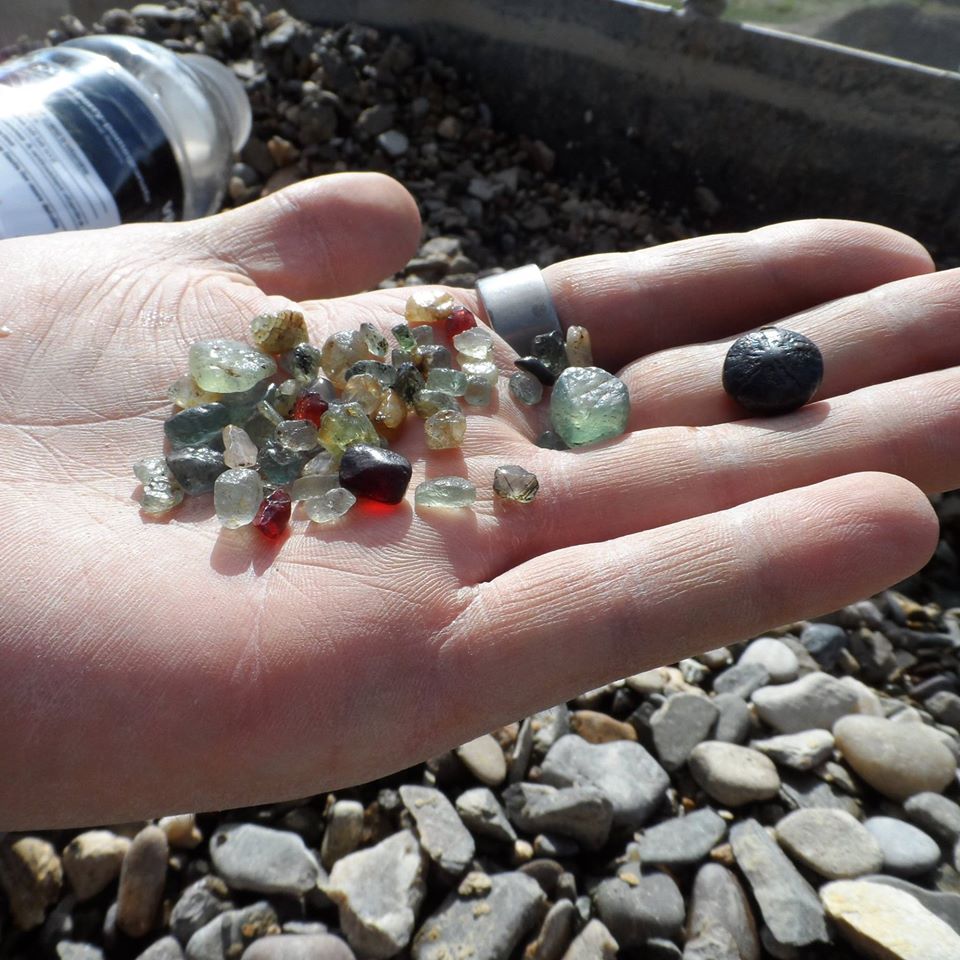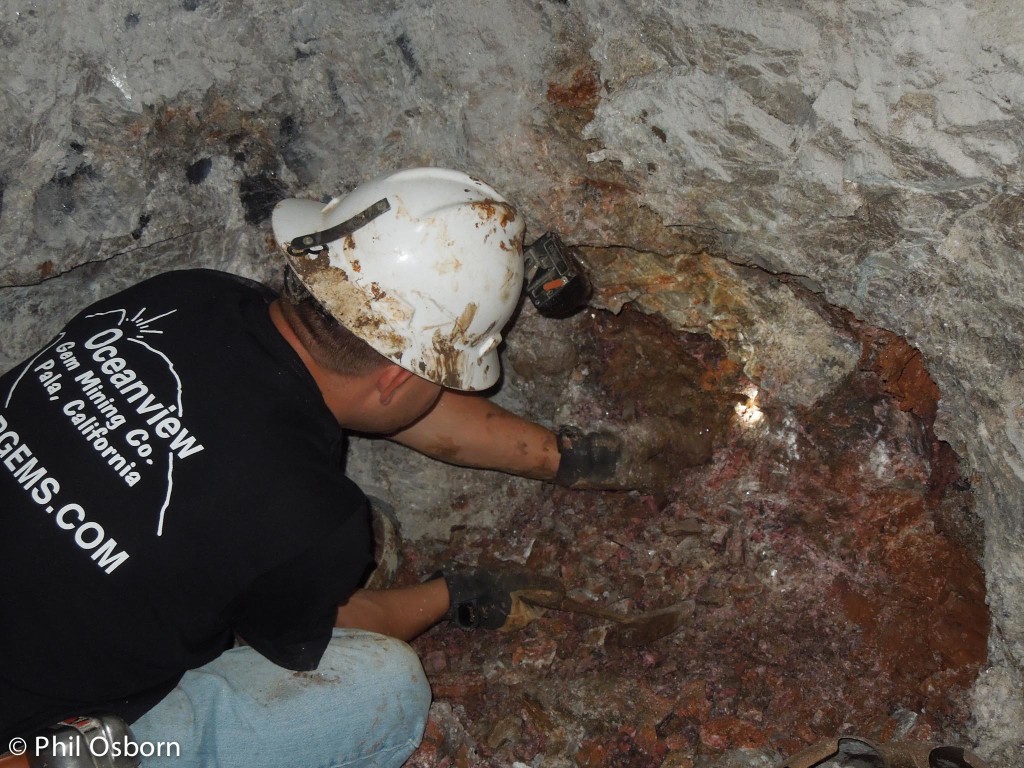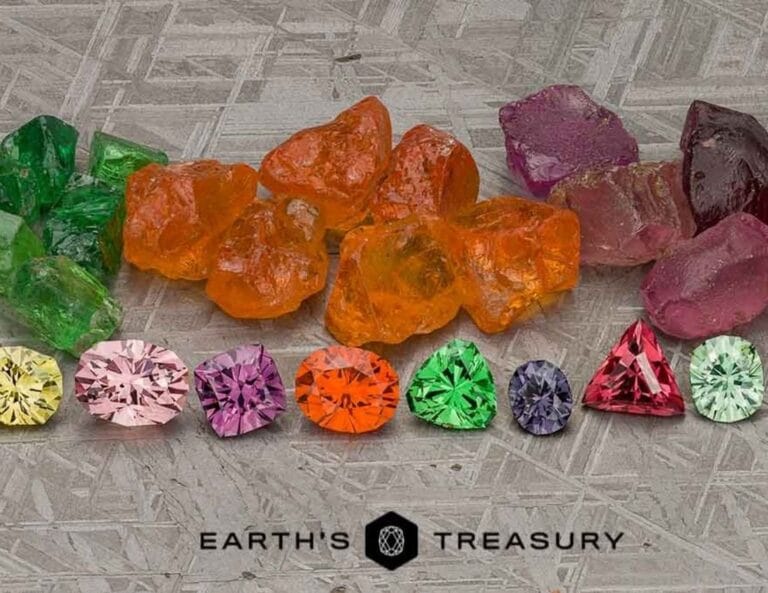The Importance of Chain of Custody
In a recent post about ethical sourcing I touched on the concept of chain of custody, and I’d like to expand on that here. I’ll start by explaining the idea behind chain of custody: quite simply, its the knowledge of every set of hands a gem has passed through between the moment it is dug from the ground and when it ends up in the hands of the final owner. Complete knowledge of the chain of custody is the only way to ensure that the gem you buy meets your personal requirements for ethical sourcing and treatment status.

I often see people in the gem industry refer to “trusted” suppliers, and indeed we all rely on them for obtaining gem material from locations that we cannot travel to (and some gem dealers don’t ever travel to the mines). However, even trusted suppliers can be fooled. Material is often brought from other locations to the latest “hot” find to meet demand from buyers; without being present when the material is mined, it can be hard to be sure that the material is truly local. How does one avoid these problems and truly know where the gem material comes from the conditions under which it was extracted from the earth?
Its not possible to mine everything I would cut myself–or even travel to all of the mines where the material comes from–so ensuring that I know the full chain of custody is an important task. I address chain of custody in a variety of ways. I try to do some of my own mining whenever possible, whether that be in southern California in an underground pegmatite or in Montana on an alluvial sapphire deposit. That said, my time to work at a mine is limited, as I need time to cut the gems and run my business–photographing gems and publishing them online is time consuming, and so is the required time marketing them. I spend many hours a week answering questions from potential buyers, posting photos and information online and talking to people on the phone. On top of all of that work, weather in the northern hemisphere limits the time that can be spent mining–in Montana the weather is only suitable for sapphire mining for roughly half of the year.

To help me address the chain of custody, I work very diligently to make connections with individual mine owners and miners, many of whom work for a cut of the finds, which they then sell. I’ve also invested both time and money in mines in places as far off as east Africa. These relationships I have with those who actually mine the stones allows me to have confidence in the gem rough I purchase. It also helps guarantee that the miners are getting the best price for their gems, as it eliminates middle men who would need to take their own cut. That said, there are so many different gems found in so many different parts of the world that I still must rely on brokers who can travel to these remote destinations. Similar to how I carefully choose the mines and miners I work with, I also carefully select the brokers I chose to work with.
I track where all of my gem rough comes from, so if you’re looking for a particular gem and you want to know the full chain of custody, email or call me and we can discuss it. If its a Montana sapphire or California tourmaline, then I’ve almost undoubtedly purchased it directly from the miner or mine owner. Some of my material from Australia, Brazil and Africa also comes directly from the mine owners. With those gems I can confidently tell you about the conditions in which they were mined in terms of environmental sustainability and working conditions for the miners. With my other rough, I can tell you what I know via my suppliers. No matter where my rough comes from, I work to make sure its not from locations where the environment is being destructively exploited or where the gems pass through the hands of those who use the profits for funding conflict. I make sure that whenever possible the original miners are independent claim workers and not exploited labor. If I can’t ensure this, then I don’t buy it, its that simple.
Jeff Hapeman, Earth’s Treasury


